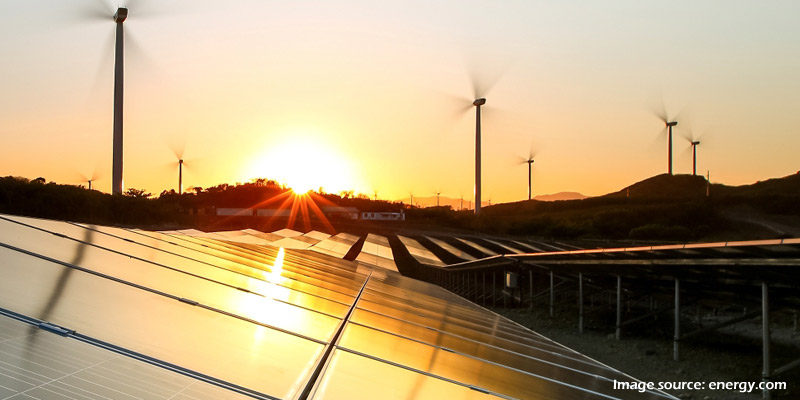In early 2011, it became mandatory for all power procurement to be made through the tariff-based competitive bidding (TBCB) mechanism. The TBCB philosophy ensures that the procurer of power gets the best possible tariff. There is no distinction between public or private sector suppliers of power. While much efficiency has been achieved through the TBCB modality in conventional power, the positive impact of TBCB is now being felt in the renewable sector as well.
For the first time, India has embarked on procuring wind energy through the TBCB route. Being handled by nodal agency Solar Energy Corporation of India (SECI), the tender seeks to procure 1 GW of wind energy using the tariff-based competitive bidding mode. The TBCB mechanism has successfully been applied to the solar energy sector, and it is worth mentioning here that Madhya Pradesh very recently could procure 750 mw of solar power, under its Rewa Solar Park project, at a levelised tariff (over a 25-year period) of just Rs.3 per kwh. Although this tariff is “protected” by the state government’s assurance of grid availability and guaranteed off-take of power, this tariff is over 30 per cent lower than the erstwhile-lowest seen in 2016.
Meanwhile, the 1-GW wind tender has seen encouraging response though SECI has not released any information officially. A senior SECI official said that technical bids were currently under evaluation and that clarifications were being sought from bidders. After this, the financial bids of those technically-qualified will be opened. The process should take a few weeks and by end-March, if not earlier, the tender should be finalized.
Currently, wind energy is being procured under the feed-in tariff (FiT) mechanism by which the tariff is negotiated between procurer and supplier. At present, the feed-in-tariffs for wind energy could be anything between Rs.4 and Rs.6 per (unit) kwh. It is quite expected that once this tender is finalized, new benchmarks will be set for wind energy as much as is now the case with solar.
Sun and Wind Energy
India’s renewable energy pursuits started with wind and stayed with it for several decades. The solar industry is relatively very new. Despite this, it is the solar industry that is witnessing much higher growth. Of course, there is tremendous support from the government, and the falling prices of solar cells in the international markets are helping in substantially lowering capital costs leading to lower tariff.
The wind industry has, on the other hand, received less support. There has always been uncertainty and dithering over fiscal concessions like generation-based incentives (GBI) and accelerated depreciation (AD). Whatever be the case, the TBCB regime is expected to rejuvenate the sector—not directly but indirectly. While wind energy developers, at one time, were grumbling over withdrawal of fiscal concessions, they will now be inspired to think about how they could keep their tariffs competitive. There will be competition between other wind energy developers; it is no longer a one supplier-one procurer situation where tariffs could be negotiated. Let us also not forget that wind energy developers are cognizant of the fact that solar tariffs are falling and therefore solar could be the preferred channel for harnessing renewable energy. Wind developers would now think of how technology could bring down capital costs so that they could afford competitive tariffs. Subtle issues like project management and implementation would also be looked into more carefully and more meaningfully.
Also read: Protecting generators in this era of falling tariffs
Renewable Energy Source
Though wind is today the largest renewable energy source—both in terms of installed capacity and generation—it is solar that is witnessing propulsion. In the April-November period of FY17, wind energy generation grew by 38 per cent while solar generation was up by as much as 87 per cent. The share of wind energy in total electricity generation from renewable sources was 63 per cent in the said period. In the April-November period of FY16, this metric was 58 per cent. The share of solar energy in the total electricity generated from renewable energy sources in the April-November period of FY17 improved to 14.3 per cent from just under 10 per cent in the same period of FY16. These statistics clearly indicate that though wind is continues its dominance, solar has higher growth momentum.
It would be interesting to see how the TBCB mechanism inspires wind energy developers to reclaim some of the industry’s lost sunshine.

